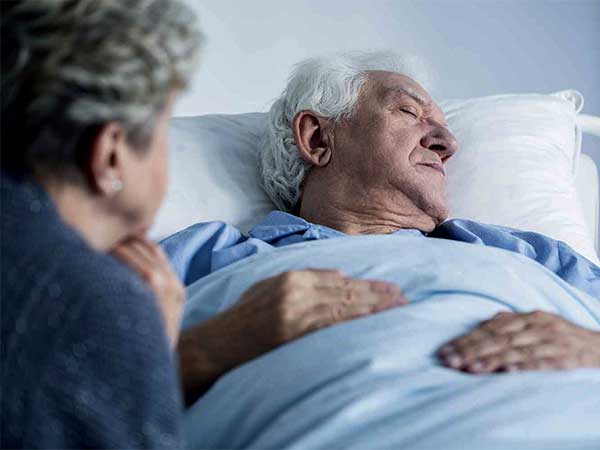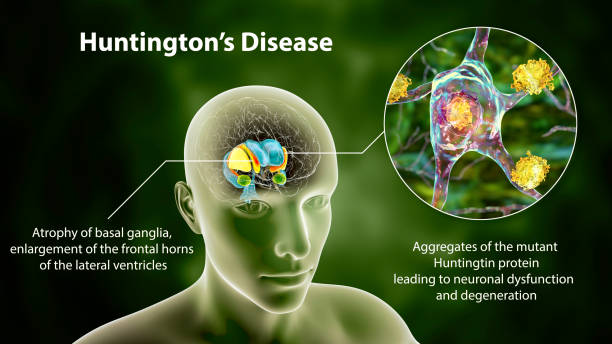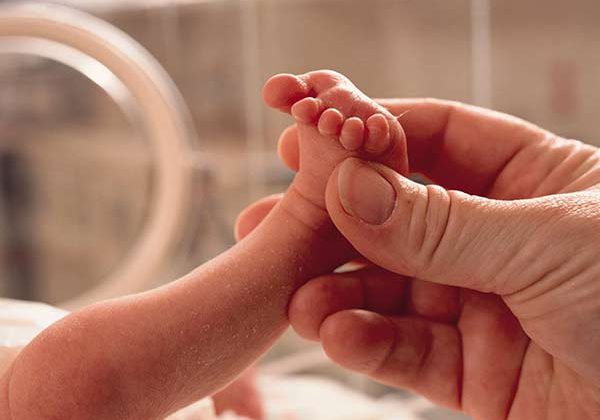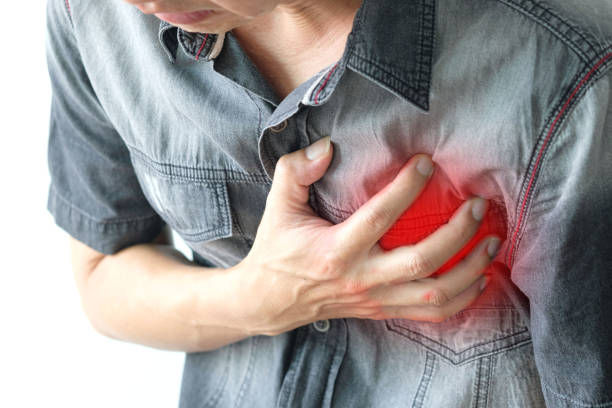Study Examines Depression in the Last Year of Life
Depression impacts quality of life at all life stages, but little is known about the factors related to depression in the last year of life. A recent study published in theJournal of the American Geriatrics Societyfound that 59.3% of individuals had depression in the last month before death.
In the interview-based study that included 3,274 individuals who died by the end of the study, depression symptoms increased gradually from 12 to 4 months before death and then escalated from 4 to 1 months before death. Women, younger adults, and non-white adults all had higher rates of depressive symptoms. Individuals with cancer reported escalating rates of depressive symptoms at the very end of life, while individuals with lung disease and impairments in activities of daily living demonstrated persistently high rates throughout the year before death.
“Psychological symptoms are important to address throughout the lifespan, but especially in the context of serious or chronic illness in order to reduce suffering and distress and help individuals experience a ‘good death,’” said lead author Elissa Kozlov, PhD, of the Rutgers Institute for Health. “More research and policy work are needed to address the lack of skilled geriatric and end-of-life mental health providers, limited reimbursement structure for psychological care, and gaps in adapting and disseminating evidence-based non-pharmacological interventions for adults with limited life expectancies.”
Source: Wiley
Full bibliographic information
Kozlov, E. , Dong, X. , Kelley, A. S. and Ankuda, C. K. (2019), The Epidemiology of Depressive Symptoms in the Last Year of Life. JGS. DOI: 10.1111/jgs.16197





